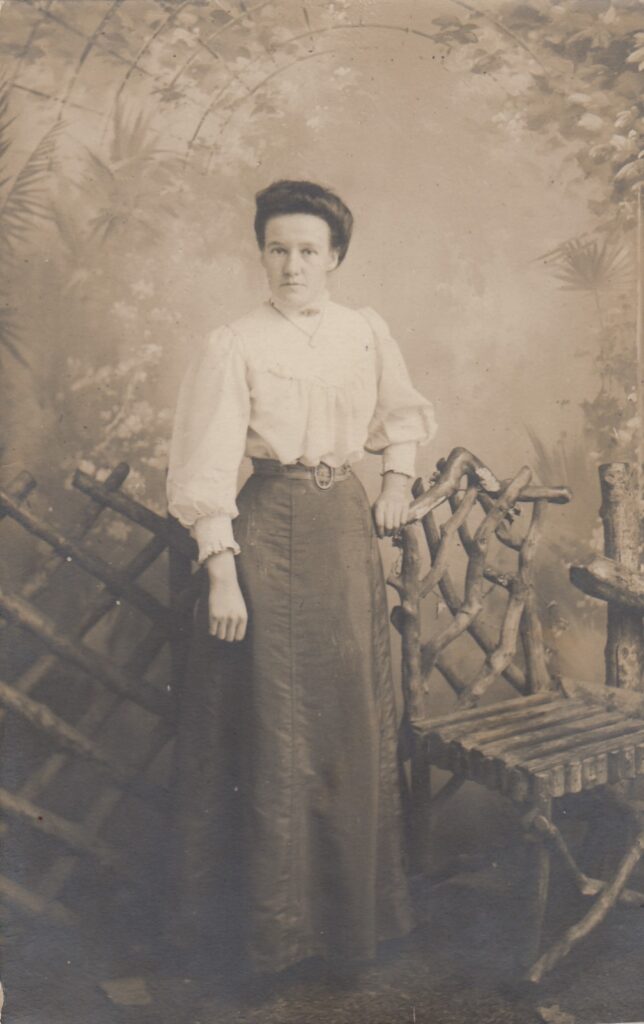
I grew up thinking our family had escaped largely unscathed through both WW1 and WW2. Farming was a reserved occupation and none of our ancestors had fought in either of these two horrific wars. Slowly but surely my thinking has changed. First there was my great, great Uncle, William Henry Barrett who fought in WW1 and died of tuberculosis six years after the war ended, possibly a disease caught whilst serving. Then there were two cousins, Harry Clough & Frank White, relatives of my great grandmother, Hilda Mary Scott, both killed in battle. These are the ones I have so far written a story about, but there are others too, cousins & half cousins that I have come across in my research.
Still, it felt like these were isolated incidents. We are farmers & miners. We weren’t required to fight. That was until I started to transcribe my great grandmother (Mary Wellock)’s birthday date book a couple of weeks ago. Mary or Pollie as she liked to be known was my Grandpy’s mother, born in 1886. One of eleven children in a close family I was quickly able to identify the majority of the entries. Pollie had had eight brothers but by 1914, three were likely too old to serve, two had emigrated to Canada and two had died as children, so it was probably easy enough to protect Benjamin who, as he had no children, might just have come under pressure to volunteer, or even been conscripted had he not been a farmer.
I moved on to identifying Pollie’s friends and it was then I realised that one memorial in the remote Yorkshire village of Greenhow Hill, which Pollie called home, was the unlock for many of the people she had recorded as friends. Take a moment to study the names in this photo. (I make no apologies for this being the second time I have shared it on this blog).

Busfield, Newbould, Swales, Barrett, King & Moor all appear in Mary’s date book. The Whitehead family connects very closely to the Busfields. Mary was close enough to the Swales family to list the birthdays of three siblings Edith Ellen, Ethel & James. James fought and came back, their two brothers Herbert & Leonard were not so lucky, both dying in 1916. Over half the names listed on Greenhow Hill’s memorial can be easily and closely connected to Pollie’s friends identified through this one date book.

Was there a sweetheart amongst the fallen? I tend to think not as Pollie was already 28 and unmarried when war started. If it was a local boy she loved she would have been wed by then. Instead, I’d like to speculate that William Henry’s connection to Greenhow Hill was how she came to meet his brother, George Thomas and that their shared experience of friends & brothers at war led them to connect.
This was a remote farming village where many households worked in protected occupations. No matter how insulated we thought our ancestors were from the war they were not.
With much gratitude to Mary (Pollie) Wellock, who had such a fascinating birthday date book, to her daughter-in-law, Mary Booth, my Nana, who kept it safe for me and above all to those who fought and those who remembered them.
There’s a later blog exploring the rest of the birthday book here

An interesting read, Natasha. Thanks.